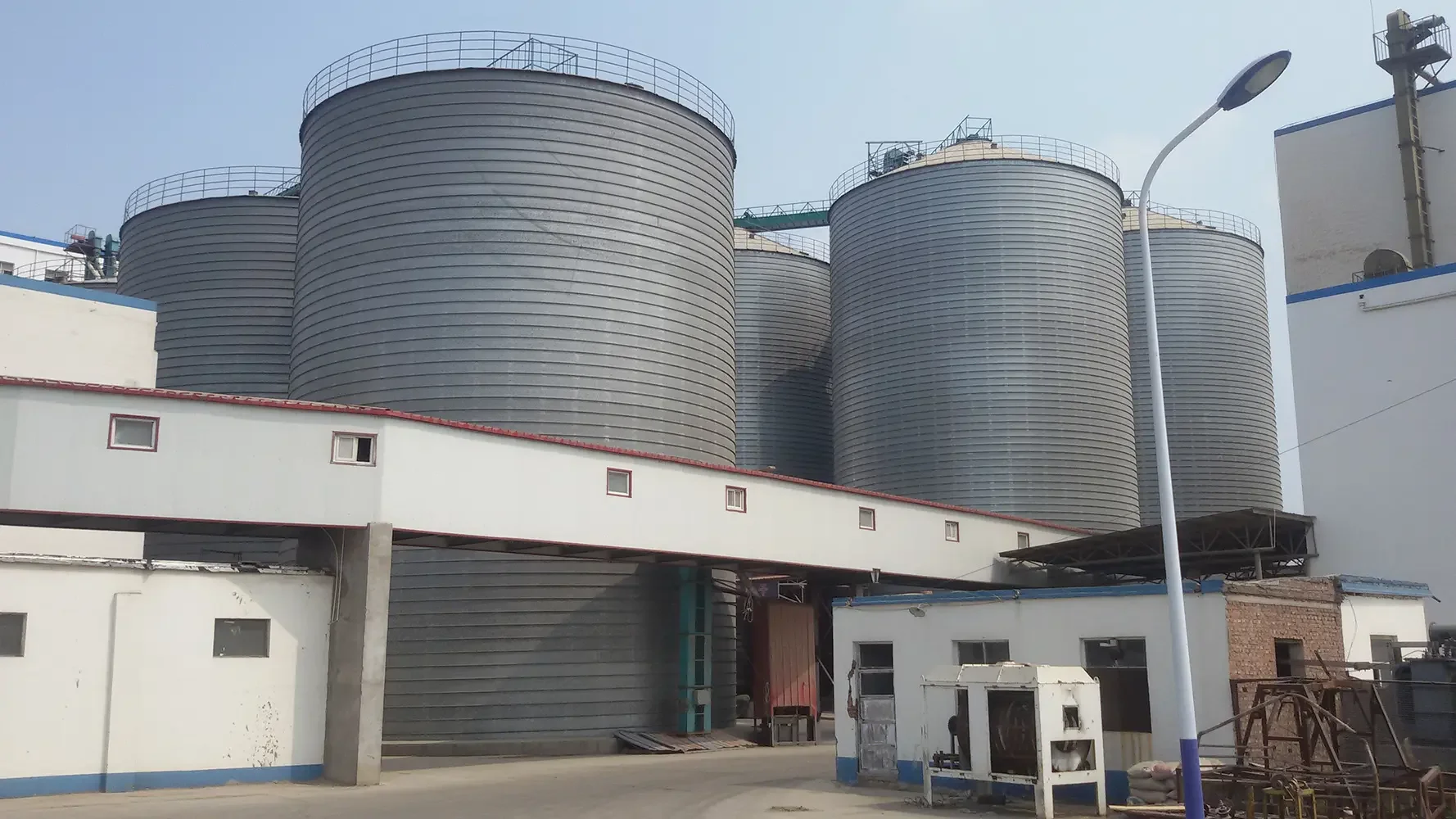When it comes to woodworking, the choice of tools and techniques can significantly impact the quality of the finished product. Among the myriad of options available to woodworkers, the decision between using upcut or downcut router bits for dado cuts is a critical one. Each type of bit has its unique advantages and disadvantages, and understanding these can help you make an informed choice that aligns with your project requirements. In this article, we will delve into the intricacies of upcut and downcut router bits, exploring their characteristics, applications, and the scenarios in which one may be preferable over the other.
Understanding Dado Cuts
Before we dive into the specifics of upcut and downcut bits, it’s essential to understand what a dado cut is. A dado is a groove or channel cut into the surface of a piece of wood, typically used to create joints for shelving, cabinetry, and other woodworking projects. The precision of the dado cut is crucial, as it affects the fit and stability of the joints.
Upcut Router Bits: Advantages and Applications
Upcut router bits are designed to pull the material upward as they cut. This action can be beneficial in several ways:
- Chip Removal: One of the primary advantages of upcut bits is their ability to efficiently remove chips and debris from the cutting area. This feature helps maintain a clean cut and reduces the risk of burning the wood, especially when working with dense materials.
- Surface Finish: Upcut bits tend to produce a smoother finish on the bottom of the dado cut. This is particularly advantageous when the bottom surface will be visible, such as in open shelving or cabinetry.
- Material Types: Upcut bits are often preferred for softer woods and plywood, where the upward motion can help prevent tear-out and splintering.
However, there are some considerations to keep in mind when using upcut bits:
- Tendency to Lift: The upward force generated by the bit can cause the workpiece to lift, especially if it is not securely clamped. This can lead to inaccuracies in the cut.
- Dust Management: While upcut bits excel at chip removal, they can create a mess by blowing dust and debris upward, which may require additional cleanup.
Downcut Router Bits: Advantages and Applications
In contrast, downcut router bits push the material downward as they cut. This design offers its own set of benefits:
- Reduced Tear-Out: Downcut bits excel at minimizing tear-out on the top surface of the workpiece. This makes them an excellent choice for veneered materials or when the top surface will be visible.
- Stability: The downward force of the bit helps keep the workpiece stable during cutting, reducing the risk of lifting and ensuring a more accurate dado cut.
- Cleaner Top Surface: For projects where the top edge of the dado cut is critical, downcut bits provide a cleaner finish, making them ideal for applications where aesthetics are paramount.
However, downcut bits also have their drawbacks:
- Chip Removal: The downward cutting action can lead to poor chip removal, which may result in burning or overheating the bit, especially in dense materials.
- Surface Finish: While downcut bits provide a cleaner top surface, they may leave a rougher finish on the bottom of the dado, which could be problematic if the bottom surface is visible.
Choosing the Right Bit for Your Project
The decision between upcut and downcut bits ultimately depends on the specific requirements of your project. Here are some factors to consider:
- Material Type: For softer woods and plywood, upcut bits may be more effective due to their superior chip removal capabilities. Conversely, for hardwoods or veneered surfaces, downcut bits may be preferable to minimize tear-out.
- Visibility of Cuts: If the dado cut will be visible, consider using downcut bits for a cleaner top edge. If the bottom surface is more critical, upcut bits may be the better choice.
- Clamping and Stability: Ensure that your workpiece is securely clamped regardless of the bit type you choose. If you are concerned about lifting, downcut bits may provide more stability during the cut.
Conclusion
In the debate of upcut versus downcut router bits for dado cuts, there is no one-size-fits-all answer. Each type of bit has its strengths and weaknesses, and the best choice will depend on the specific needs of your project. By understanding the characteristics of both upcut and downcut bits, you can make a more informed decision that enhances the quality of your woodworking endeavors. Whether you prioritize chip removal, surface finish, or stability, selecting the right bit will ultimately lead to more precise and aesthetically pleasing results in your woodworking projects.
